Durga Slaying the Buffalo Demon

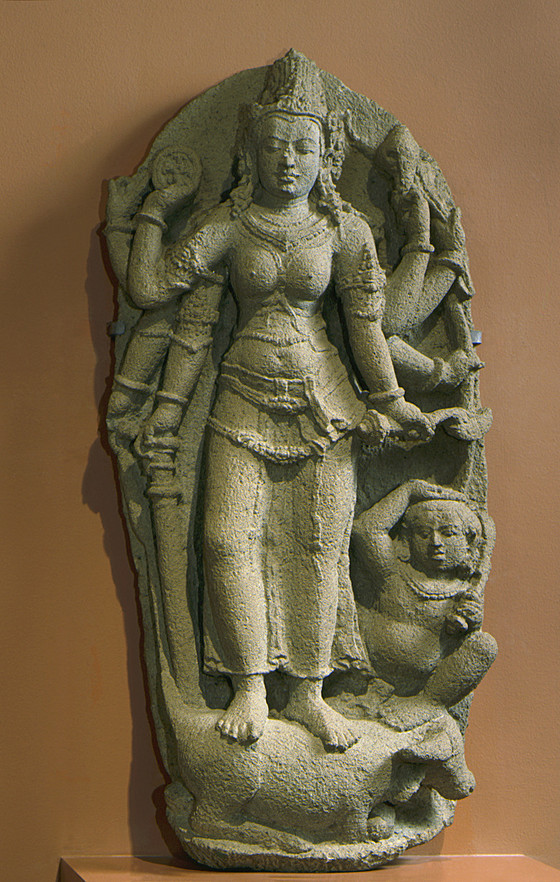
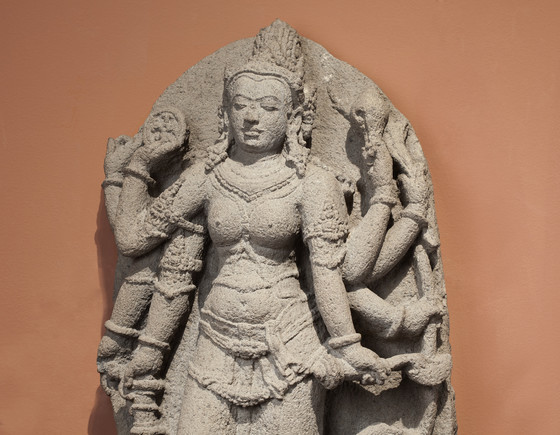
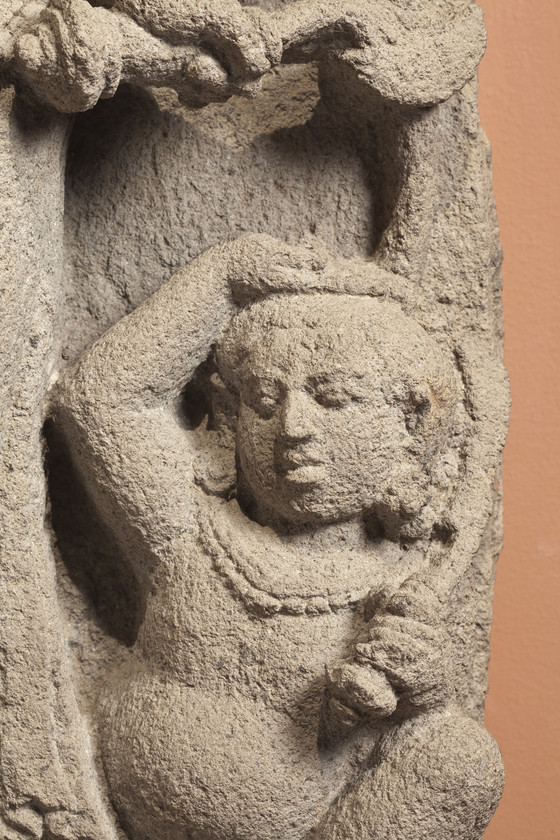
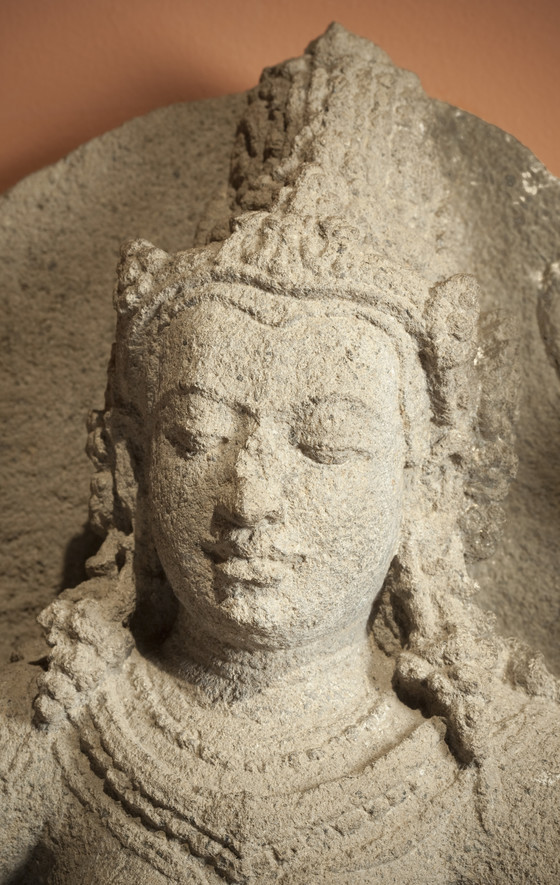
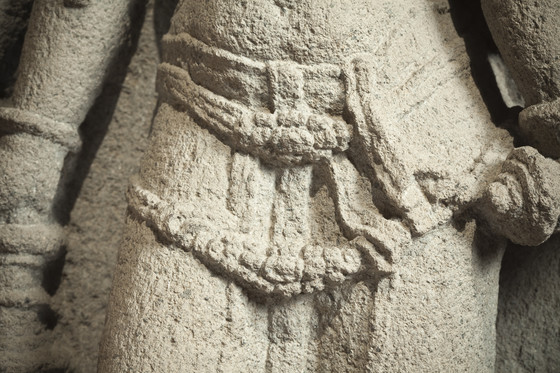
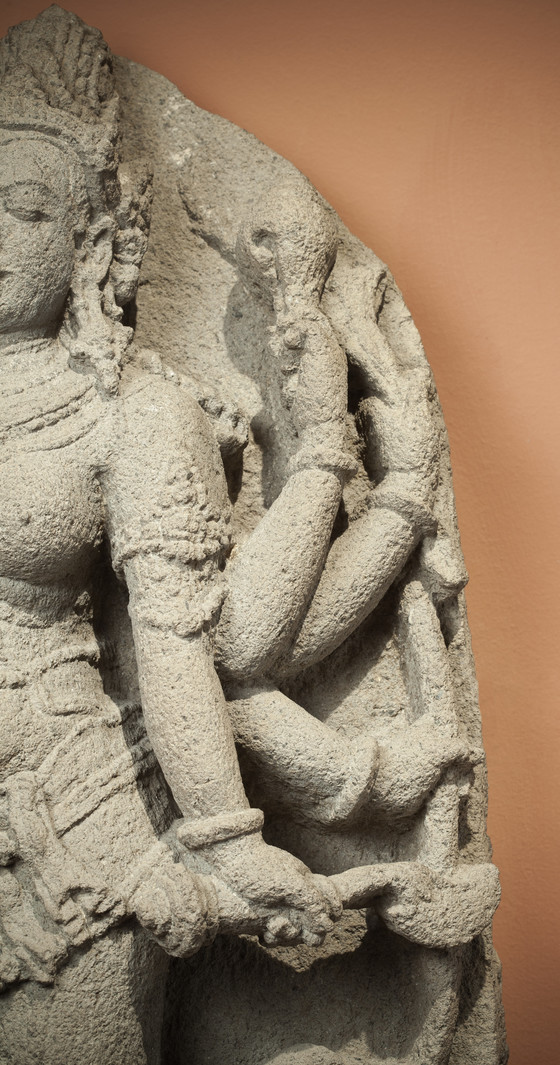
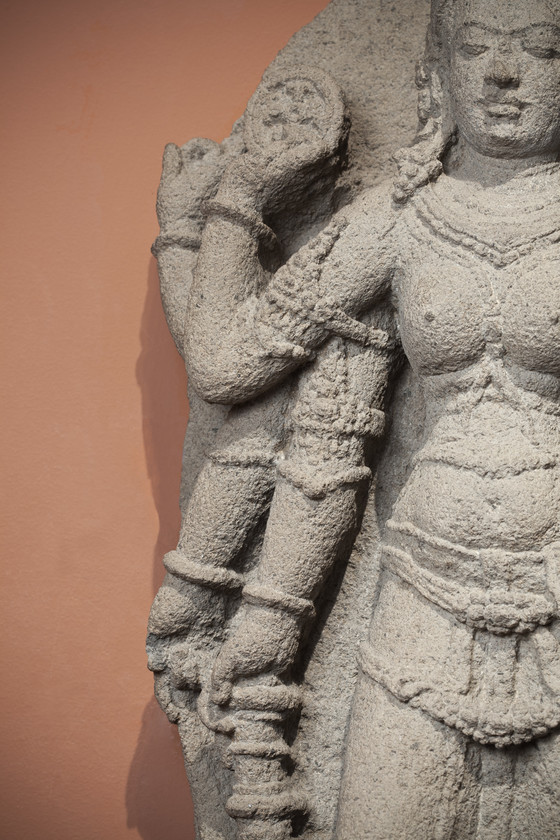
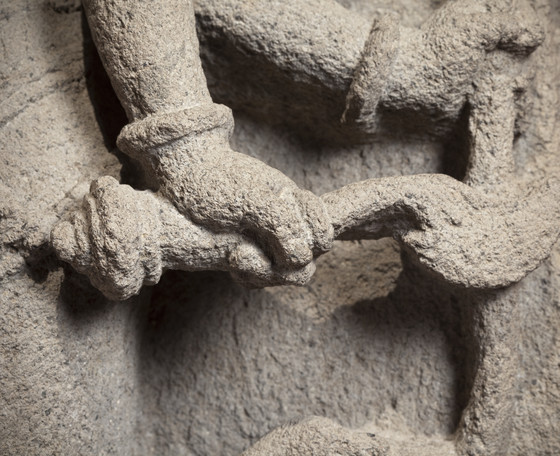
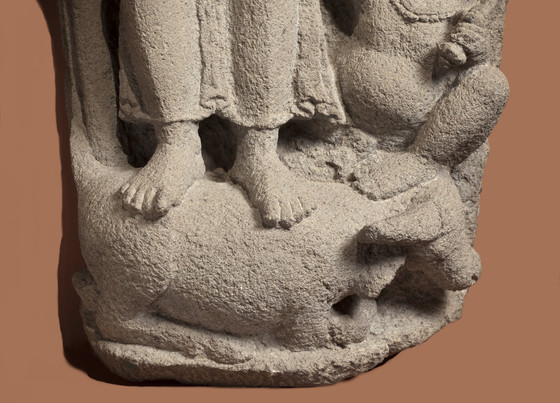
Please log in to add this item to your gallery.
View comments
No comments have been posted yet.
Add a comment
Please log in to add comments.
Please log in to add tags.
* Nearly 20,000 images of artworks the museum believes to be in the public domain are available to download on this site.
Other images may be protected by copyright and other intellectual property rights.
By using any of these images you agree to LACMA's Terms of Use.
Durga Slaying the Buffalo Demon
Indonesia, Central Java, 9th-10th century
Sculpture
Volcanic stone
33 x 15 x 5 in. (83.82 x 38.1 x 12.7 cm)
Gift of Anna Bing Arnold (M.79.7)
Not currently on public view


